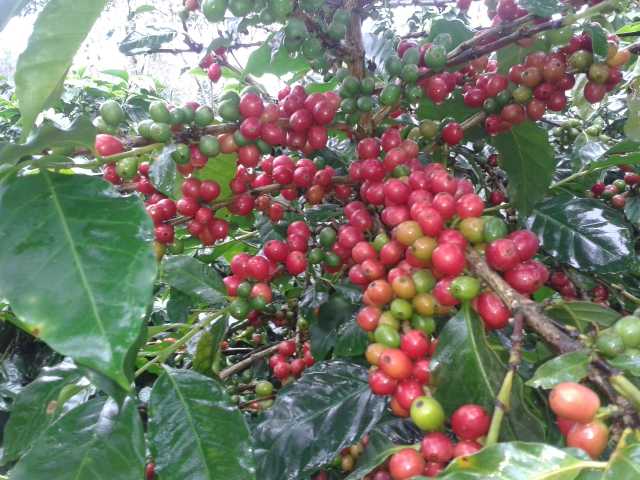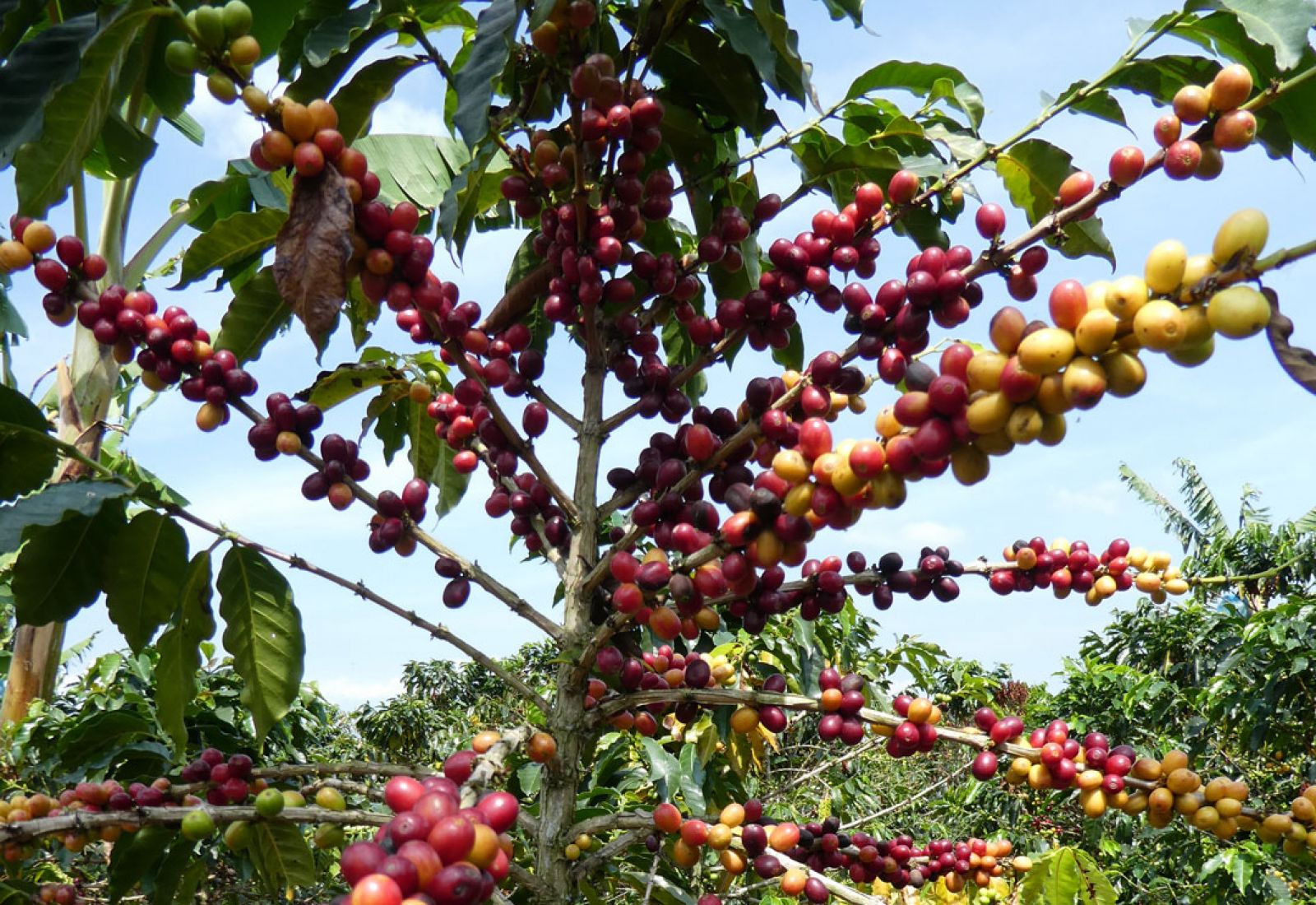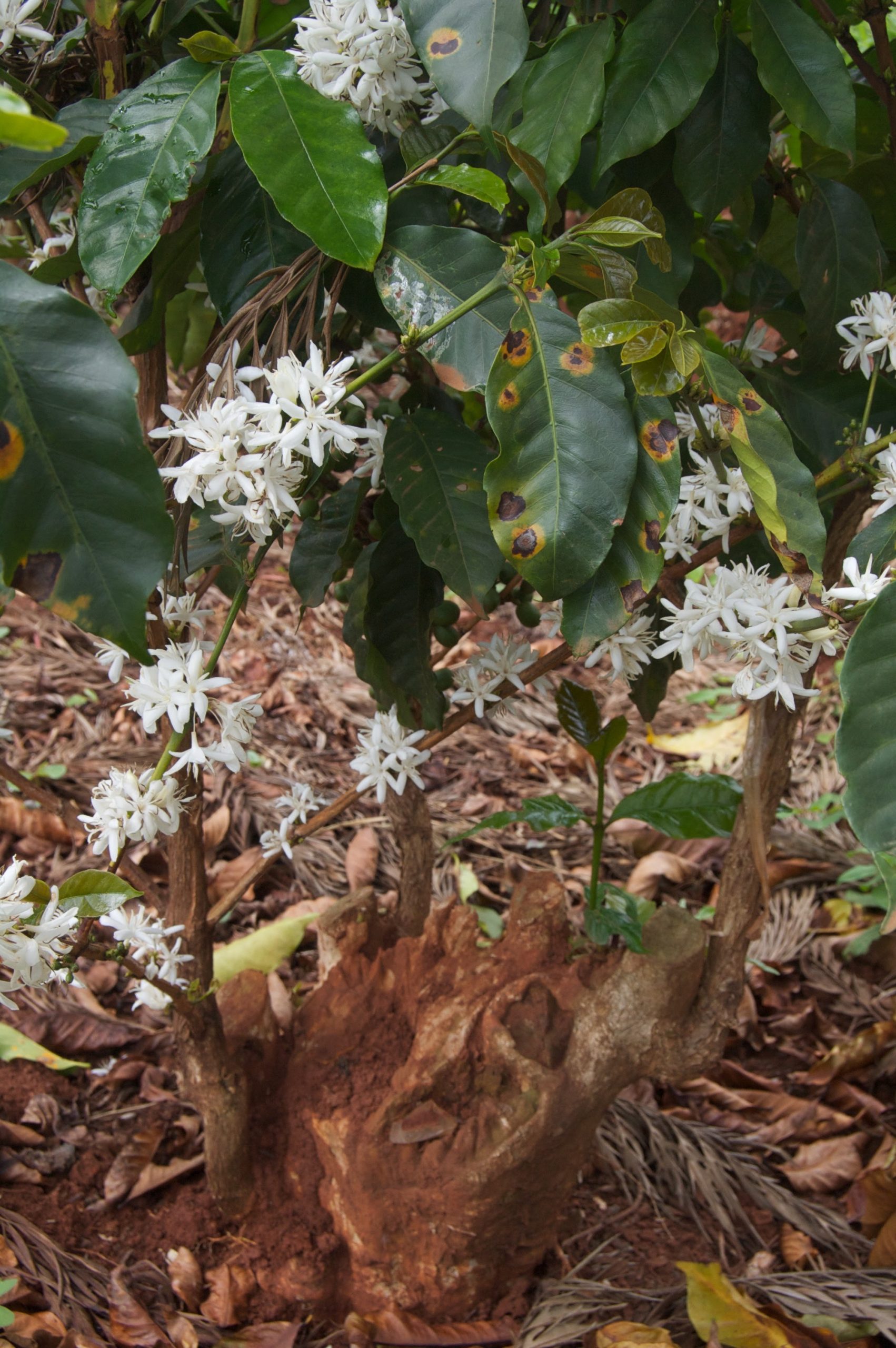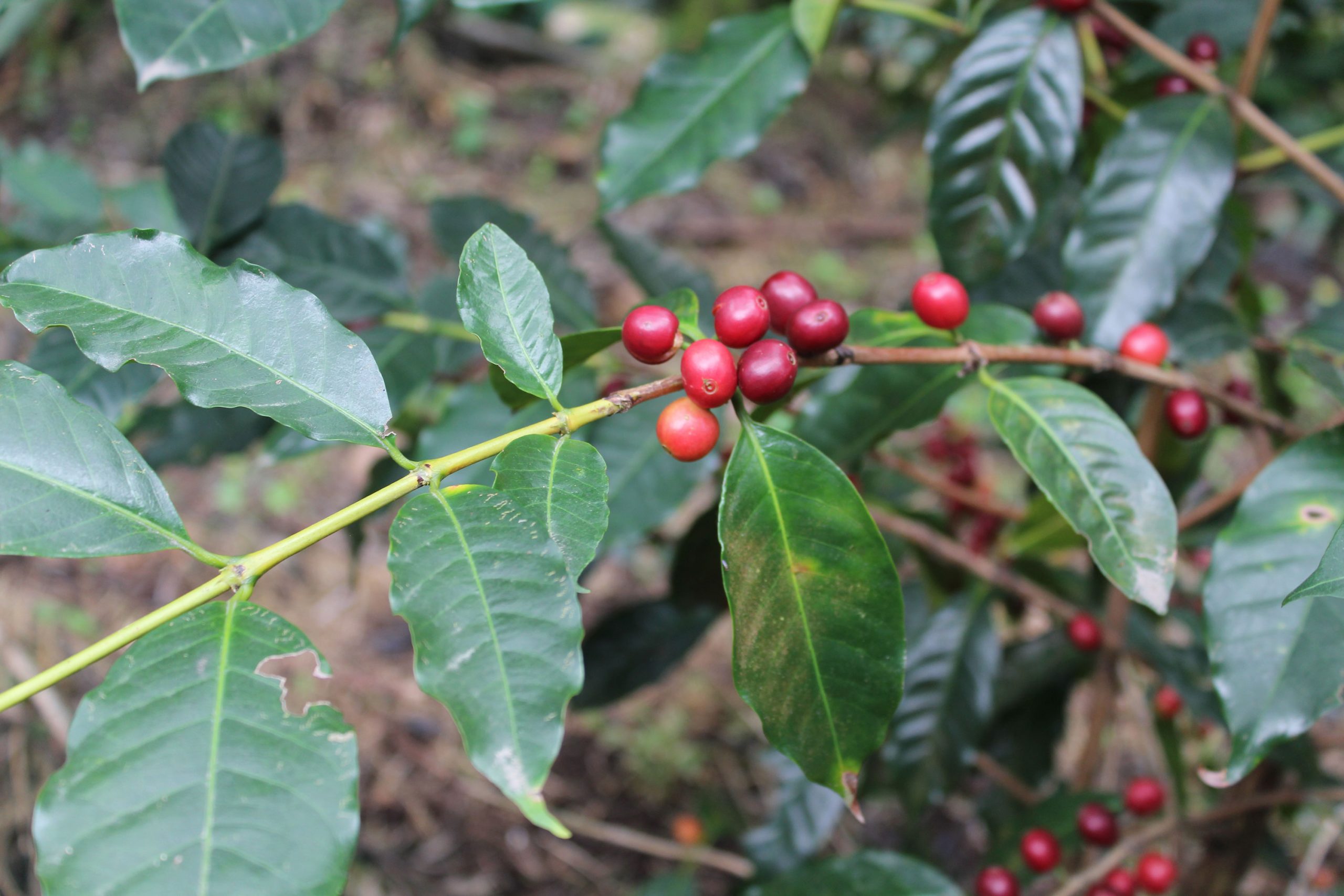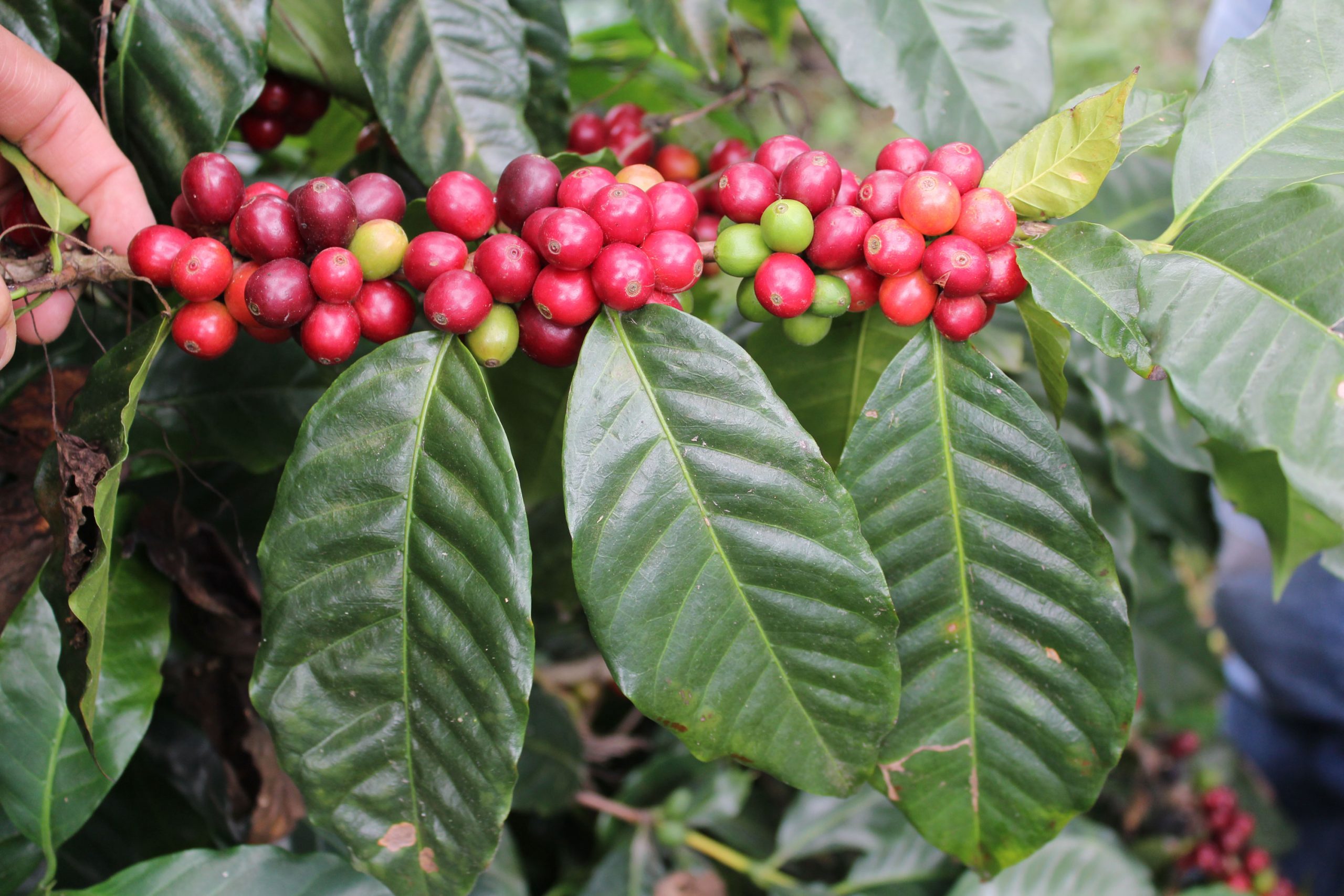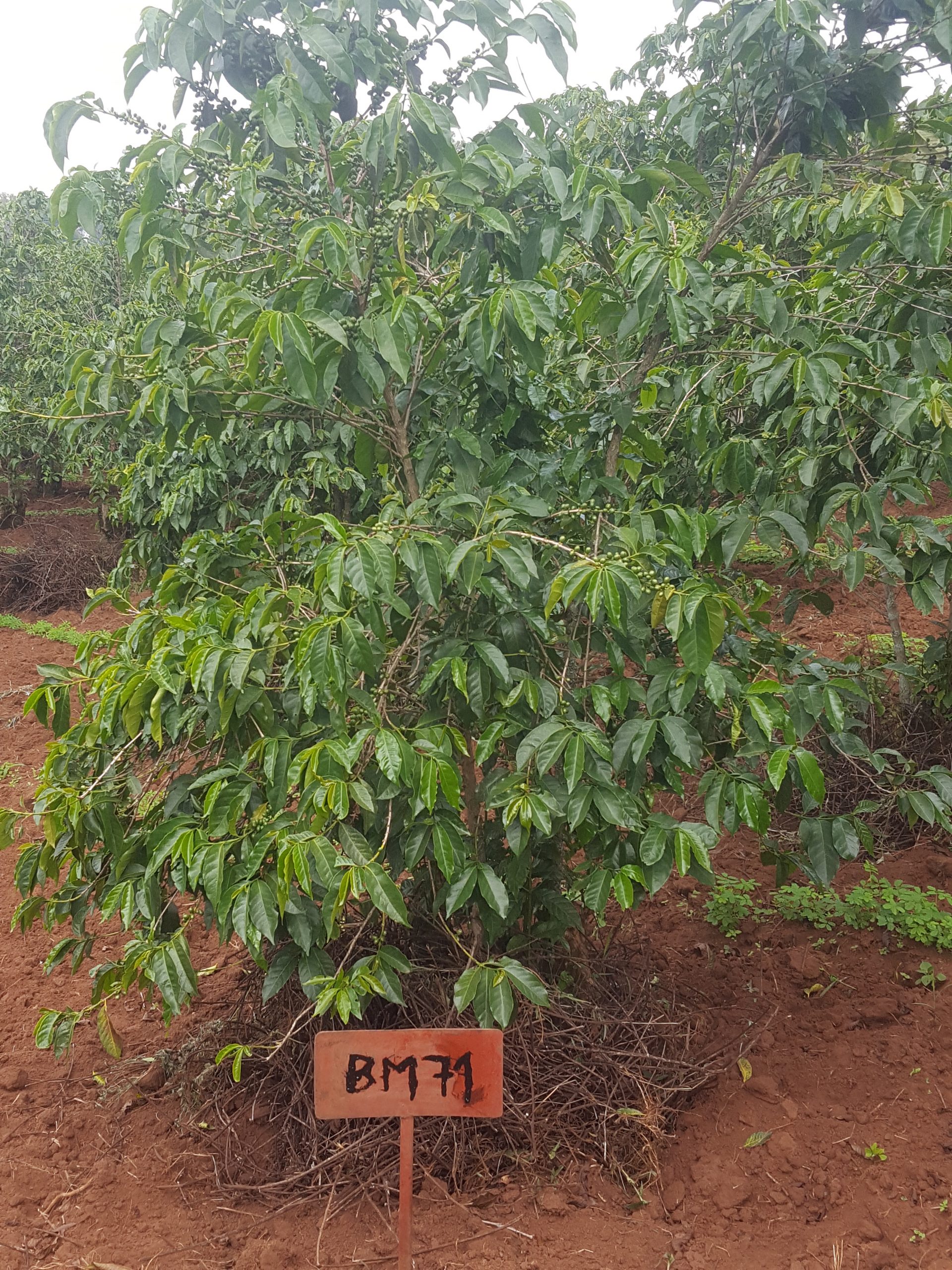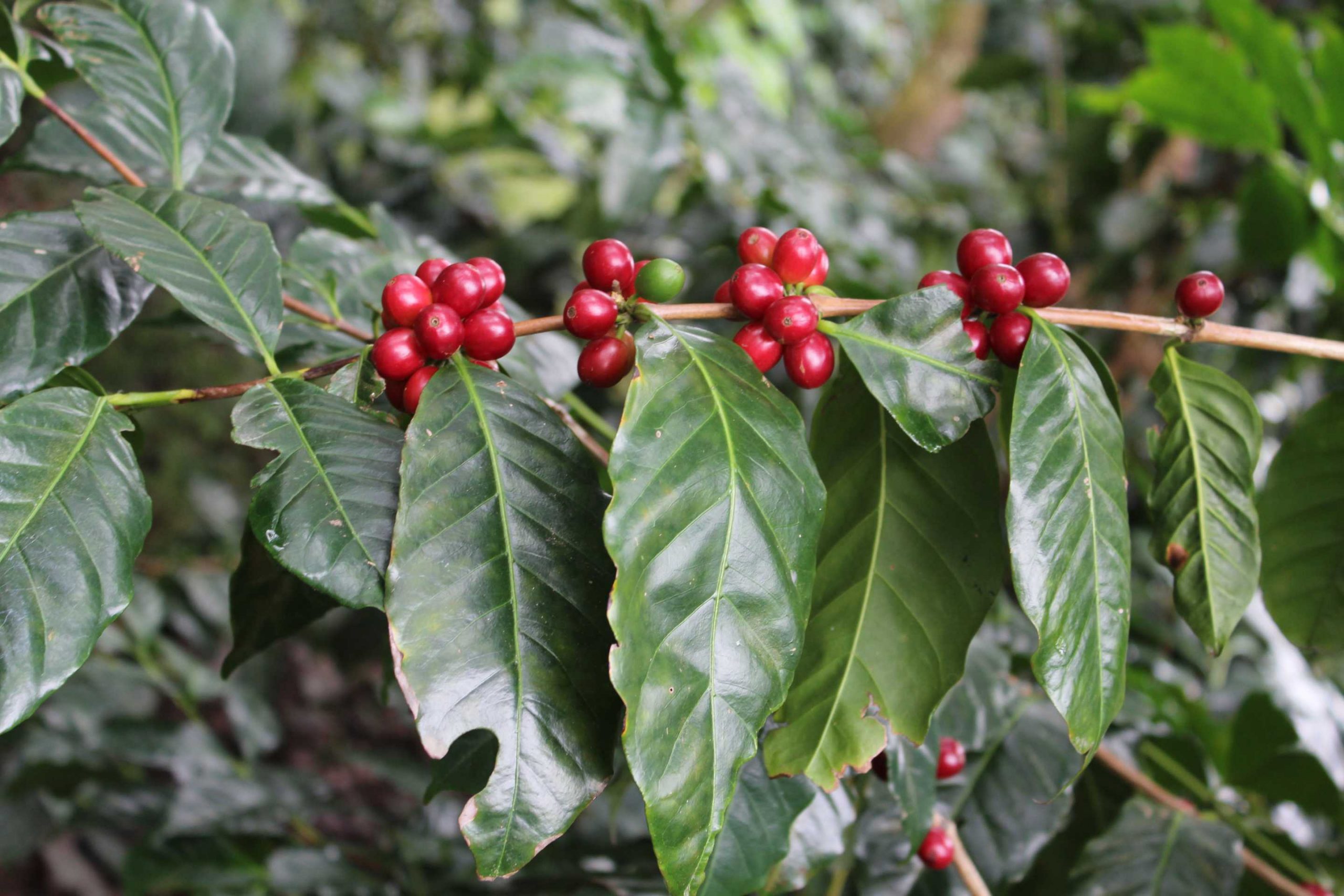SL34
LINEAGE Typica-like genetic background. GENETIC DESCRIPTION Bourbon-Typica Group (Typica-related) HISTORY SL34 was originally selected in Kenya the late 1930s at the Scott Agricultural Laboratories (for more on Scott Labs, see SL28). Individual tree selections made at the Scott Laboratories in Kenya during the 1935-1939 period were prefixed “SL.” SL34 was selected from a single tree on the Loresho Estate in Kabete, Kenya since research at the Scott Laboratories was often conducted in cooperation with local, private estate owners. The tree was labeled “French Mission.” French missionaries known as Spiritans established a mission in 1893 at Bura (Taita Hills, Kenya), in which…



